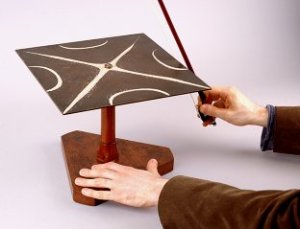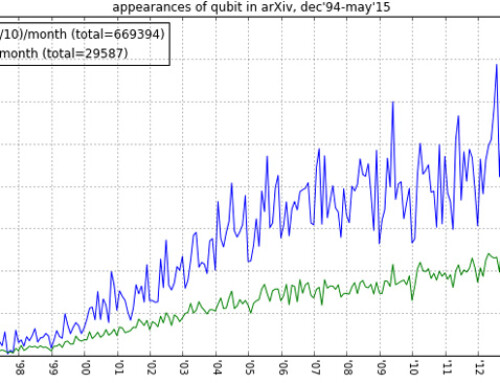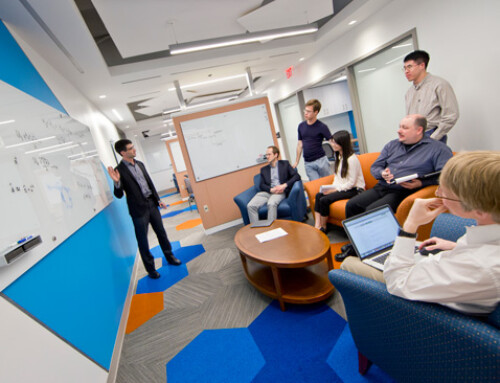One of the many unique features of Caltech is our core curriculum. All of our undergraduates are required to take five terms of physics and five terms of math (all three terms freshman year and the fall and winter terms sophomore year) — though this will change for the class entering in the fall of 2013.
Each fall, about 170 sophomores take Physics 2a, a course on vibrations, waves, and quantum mechanics, while the remaining 60 or so sophomores take Physics 12a, a souped up course covering similar material at a level more appropriate for physics concentrators.
This term I am teaching Physics 2a. While 170 students is a lot more than in most courses I teach at Caltech, the workload is manageable, in part because I share the lecturing duties with another professor, and in part because we have a staff of capable and hard working Teaching Assistants who handle recitation sections and grade the homework and quizzes.
The content and methods of Ph 2a are pretty traditional; I suppose the curriculum has not changed so much since Richard Feynman taught the same course in the same Lecture Hall exactly 50 years ago. I write lots of equations on the six blackboards using white chalk. (I’m not a big fan of writing on whiteboards with colored markers — my hand seems better suited for holding a piece of chalk.) But we have added a few technological enhancements since Feynman’s day. Sometimes I project computer animations from my laptop, like this one last Thursday demonstrating the Schroedinger evolution of a free-particle wave packet. And we use video cameras to project the demonstrations onto large LCD screens, which improves visibility from the back of the hall.
Demonstrations take up a small portion of each 55-minute lecture, but I worry about them a lot. Actually I would never be able to get them to work at all were it not for the able assistance of Frank Rice, who sets them up and shows me how they work. My favorite demos are the ones illustrating wave interference and diffraction. I especially liked convincing skeptics that electrons are waves by diffracting them with a graphite crystal (that is, I diffracted the electrons, not the skeptics). Another crowd pleaser was stroking a square Chladni plate with a violin bow to reveal its normal modes of vibration. But despite my careful preparations, not all demos go without a hitch. Absorbing a wave in the Shive Wave Machine by matching its impedance to a dashpot worked better in rehearsal. That’s showbiz.
Caltech undergrads are an appreciative audience, but sometimes they can be tough customers. Well, they put down serious money, so they are entitled to a high-quality performance, right? I try to please them. After 30 years of teaching physics, I still get a surge of adrenalin when I lecture. When that stops happening, I guess I’ll be dead.
Students sometimes provide much appreciated constructive criticism. Some have told me they find my voice “very soothing” or even “soporific.” I find this hard to believe, because from the inside I sound very animated, but I have heard it enough to take it seriously. On the other hand, a few find my lecturing style “overly frenetic.” You can’t please everybody.




